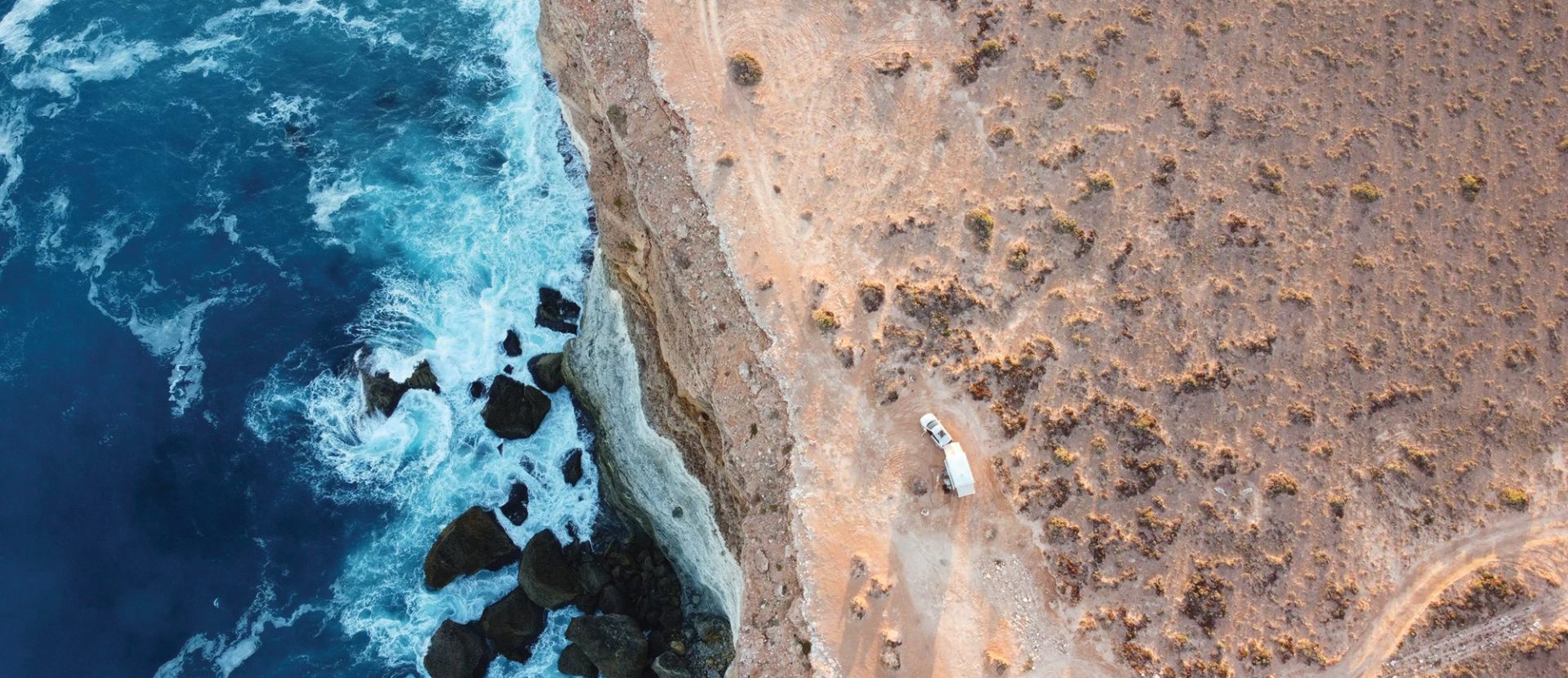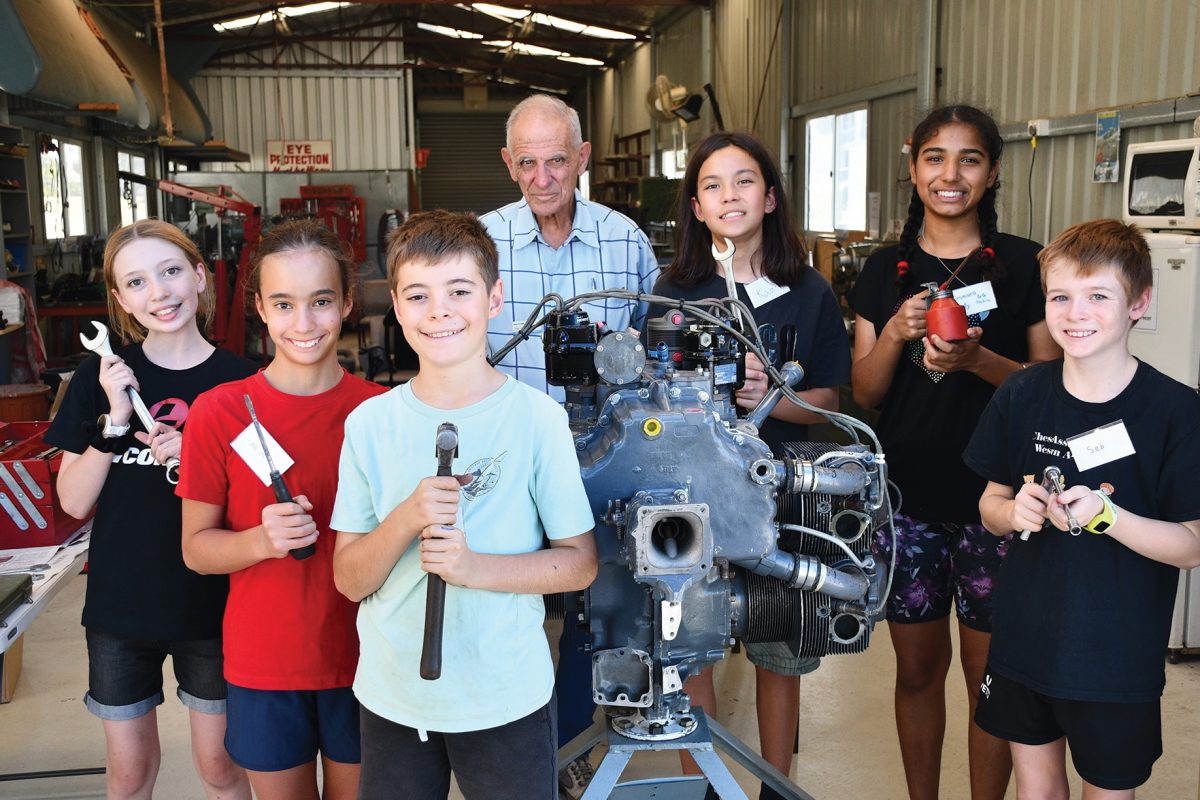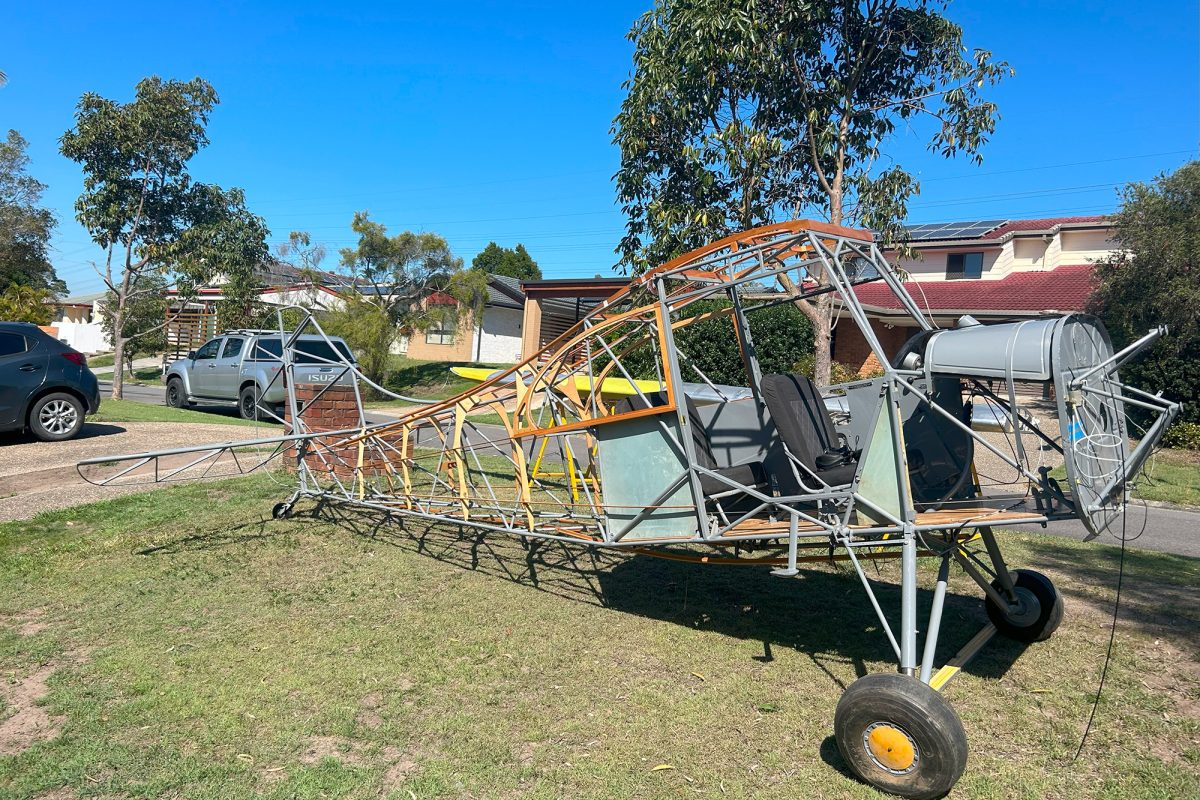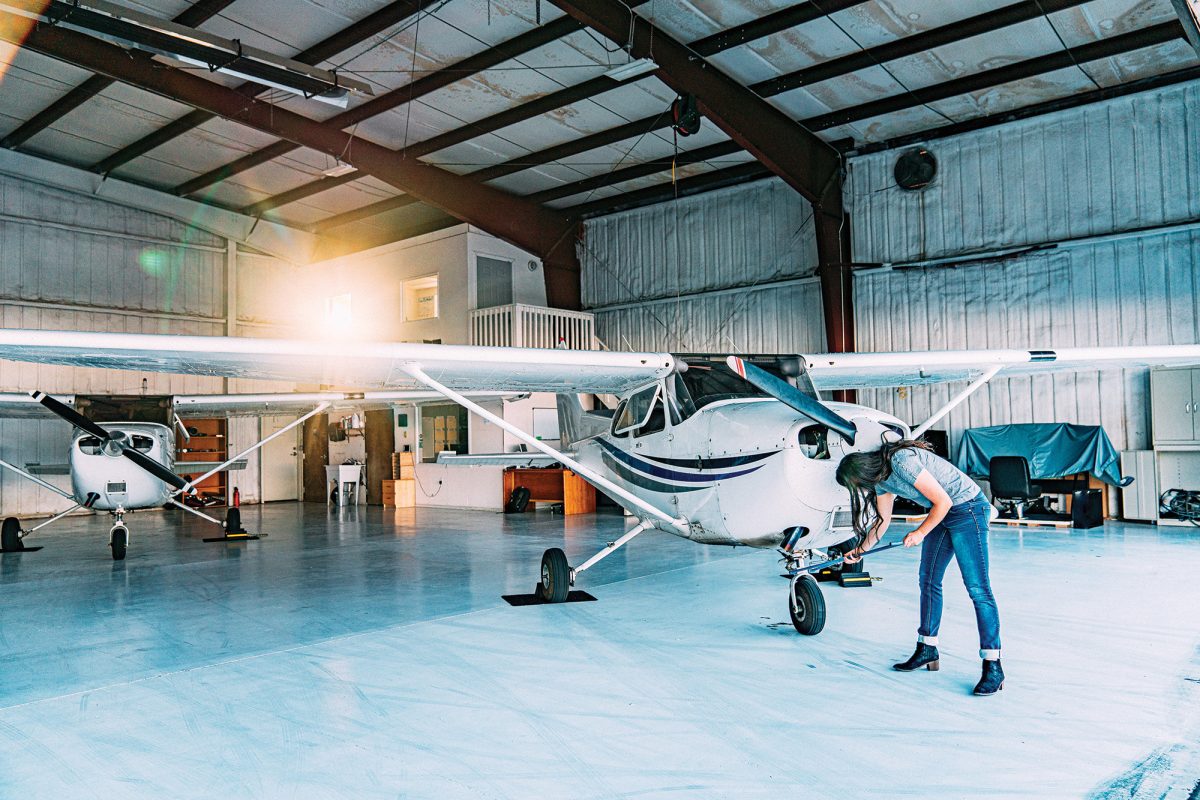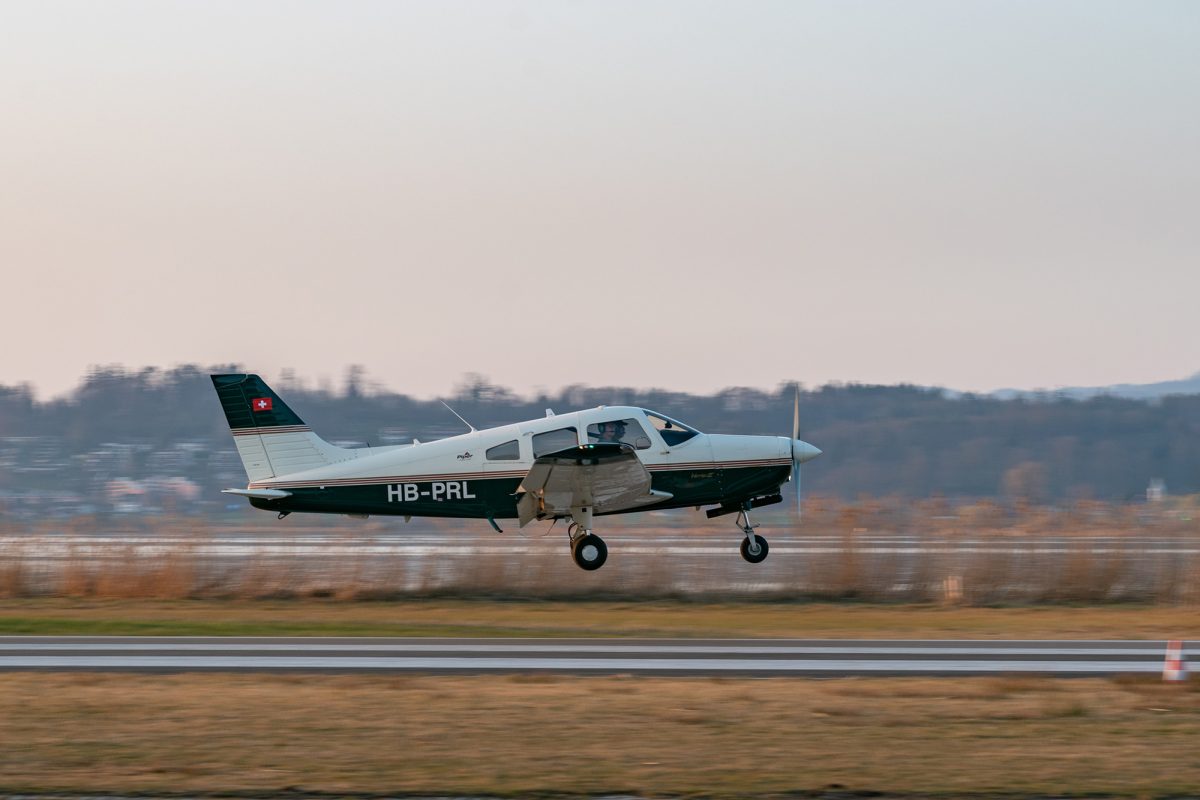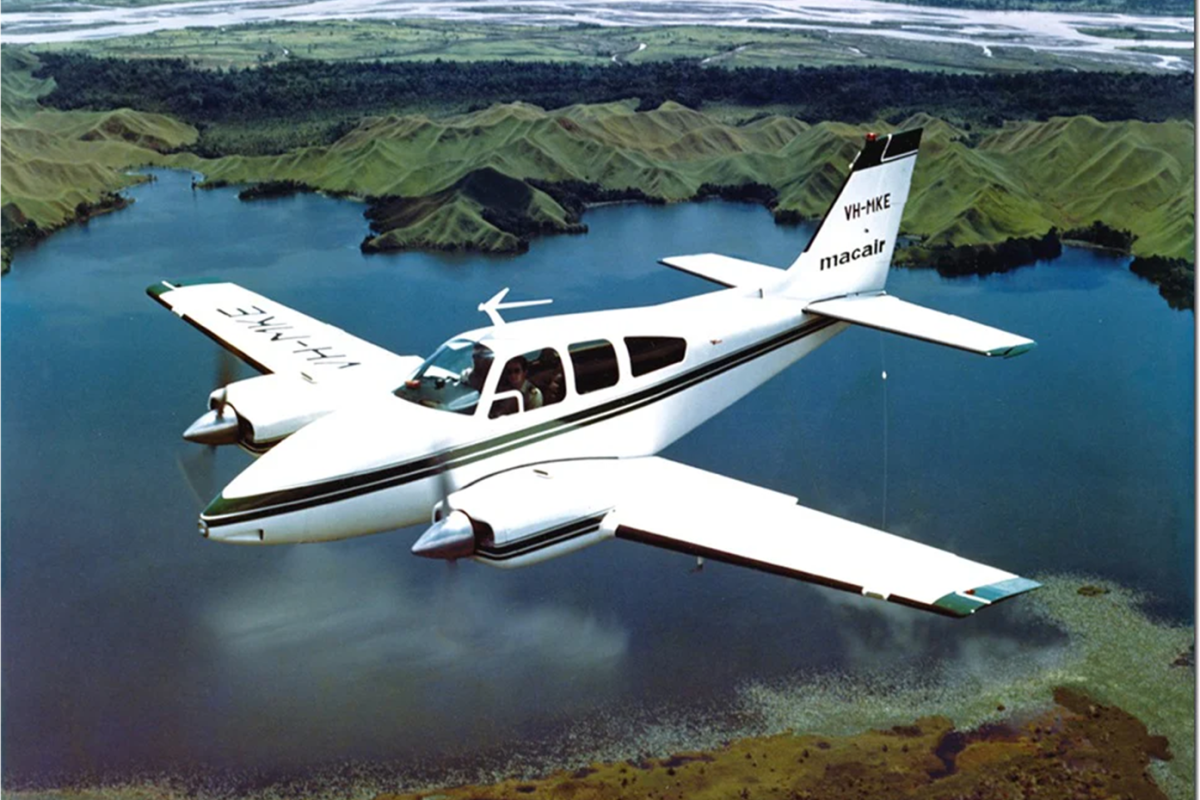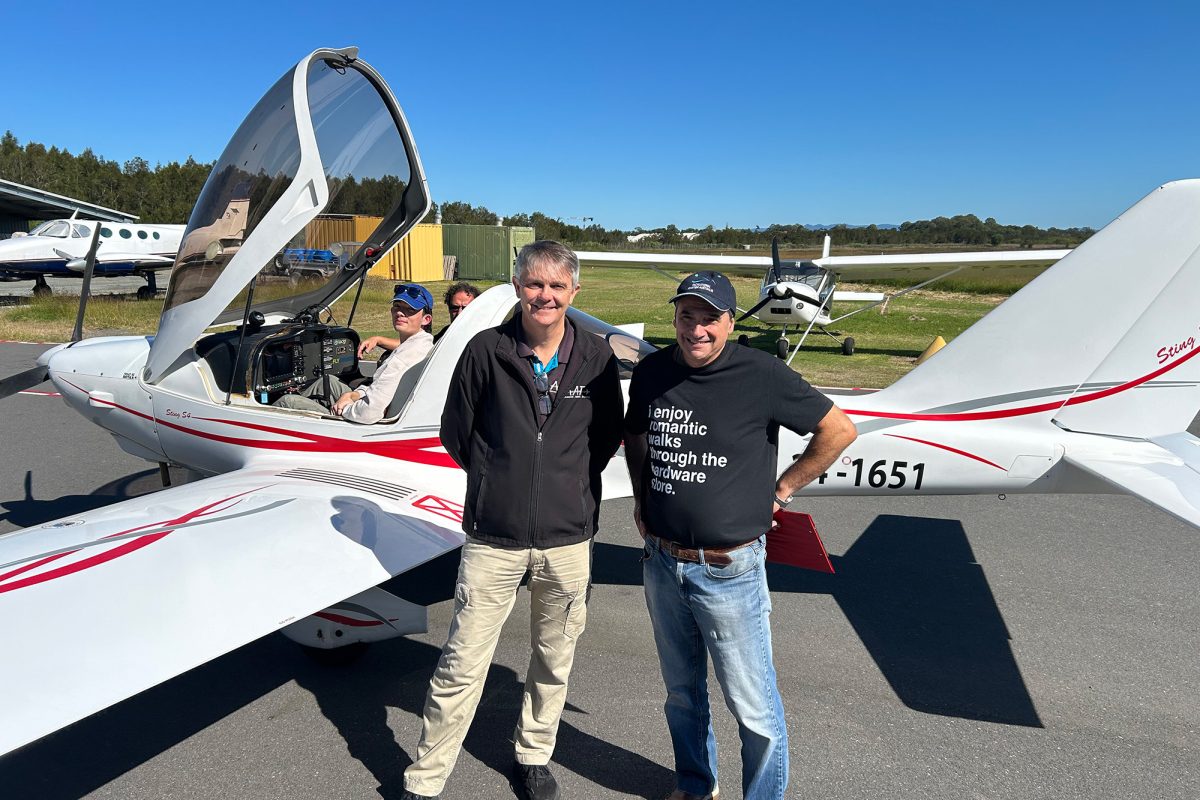AN UNEXPECTED RESCUE MISSION HIGHLIGHTS DRONE POTENTIAL
To some, the sound of a drone is immediately bothersome, and as pilots we can instinctually perceive it as an airspace threat – sometimes we’re not even rational about it. But I had a drone experience this year involving an emergency rescue effort, which completely changed my thinking.
I made a lucky escape with my partner earlier this year, hitting the road with our caravan for a lap around Victoria, South Australia, Northern Territory and Western Australia, conveniently dodging COVID outbreaks as we went. For this part of our adventure, we were in central Australia, staying at the Curtain Springs cattle station near Uluru. The days were hot, the nights close to freezing.
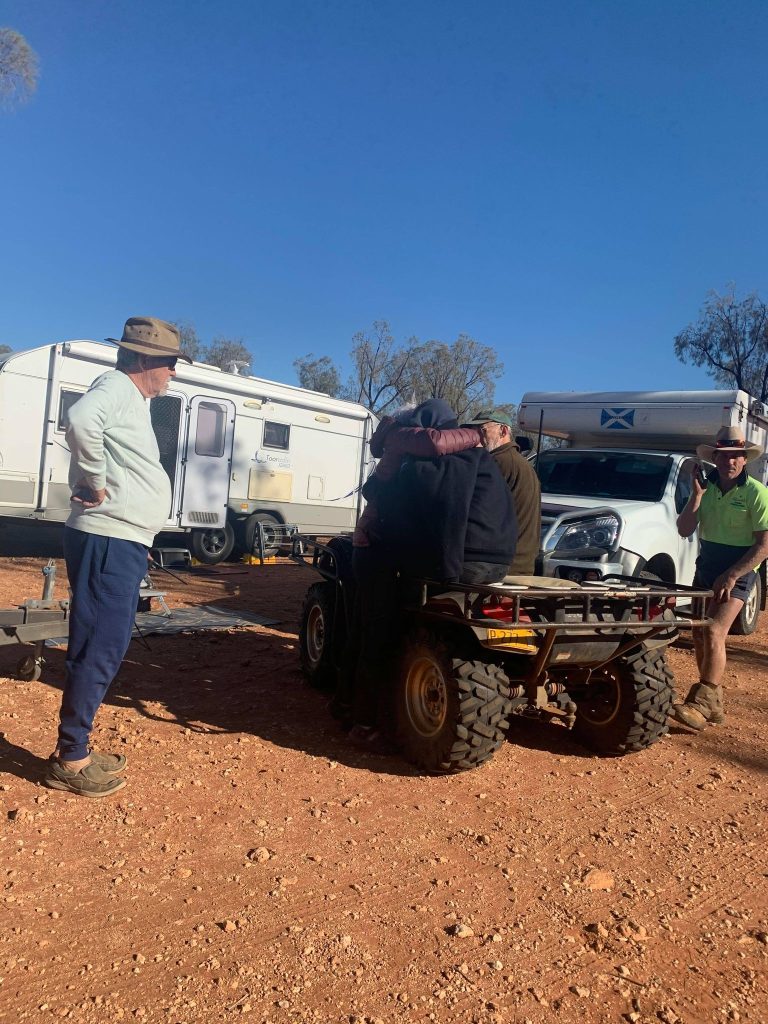
It was early morning and my partner had rolled out of bed and was letting the dogs stretch their legs on the only square patch of lawn that was out there. Suddenly, a staff member ran outside somewhat frantically searching for someone with a drone. My partner mentioned me, half asleep and unaware. “Get your drone, get your batteries and gear – come with me”. Sounds a little serious, I thought.
For the most part, my level of excitement was comparable to a young boy seeing a fire engine convoy. Running around the outback, the Aussie willingness to help out is very evident. It’s an amazing culture we have, but I’d underestimated its importance until today.
I followed the station worker into their office to find staff situated around a giant radio stack with a busy frequency, everyone also working their phones and handheld radios. “May I ask what’s going on?”. One of the station managers sat me down and took a deep breath. “Here’s the situation. We have a missing
woman in her mid-60s. She’s a diabetic, has a history of collapsing or doing things in a state of delirium, she was camped with her husband up the road and she’s gone missing on foot in the middle of the night”.
I’d actually driven past their camp the day prior, a freebie spot near Mt Cameron. If you haven’t been here, we’re talking miles and miles of absolute wilderness. It wasn’t plain red desert that would provide a contrasting background to spot her, the green season meant that there was a lot of shrubbery and grassland. There were no clues as to what direction the woman had walked in and only a guess at what time she might have left.
“We’re in contact with emergency services in Darwin and Adelaide, but they’re a long way from here. We have staff and other farmers searching. The next plan is that you’re going to fly your drone and try to find her. We have food, we have water – get dressed for the conditions, then get in a ute”.
The excitement drained from me at this point. I’ve been in emergency situations before, and if the freezing cold hadn’t already threatened the missing woman, I knew the day’s heat certainly would. I was aware of an airfield nearby that I’d need clearance to legally operate within proximity. “We own it, consider yourself cleared”, the manager said.
I grabbed my gear, jumped in the car and off we went to the camp site. I was met with people in utes and quad bikes circling around, a sense of urgency filling the place. There were no other campers, just the two cars and caravans of the woman, her husband and the in-laws they were travelling with. In this particular instance, the key to locating the woman was actually a series of unusual track marks that could be seen. They meandered a lot and didn’t seem to return, she’d been dragging a stick for some of the distance. Everyone was thankful for the tracks, she had walked in the most unlikely direction through rock, dunes and bushland – the last area we might have searched.
On the drive in, I wondered if I should film as I flew the drone or not. Would they potentially need the footage later for incident reporting? It felt wrong, especially if this woman’s luck wasn’t favourable, so I’d made the call to only use the camera’s feed for aerial vision to help however I could. It also meant I would have more battery time for searching.
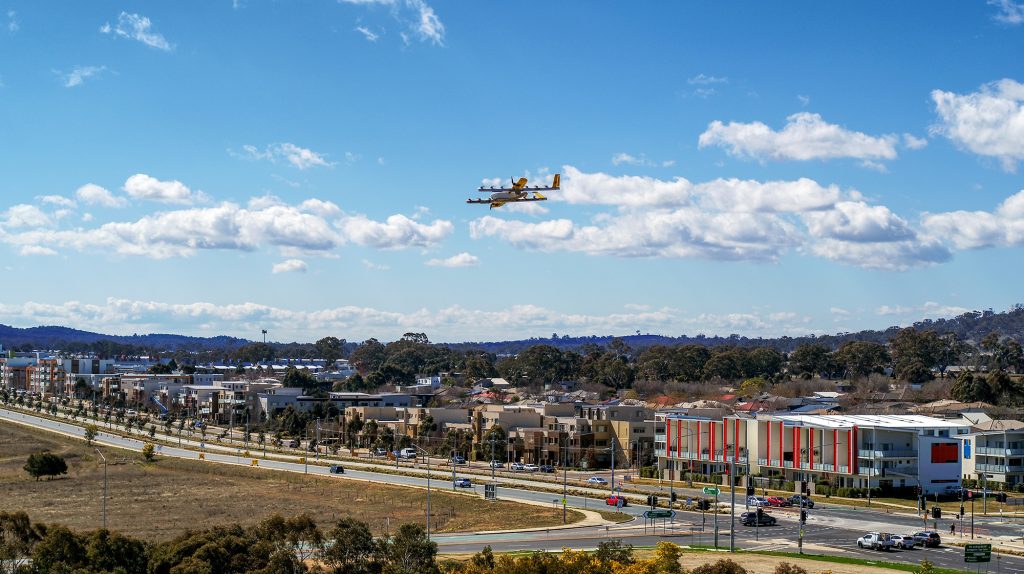
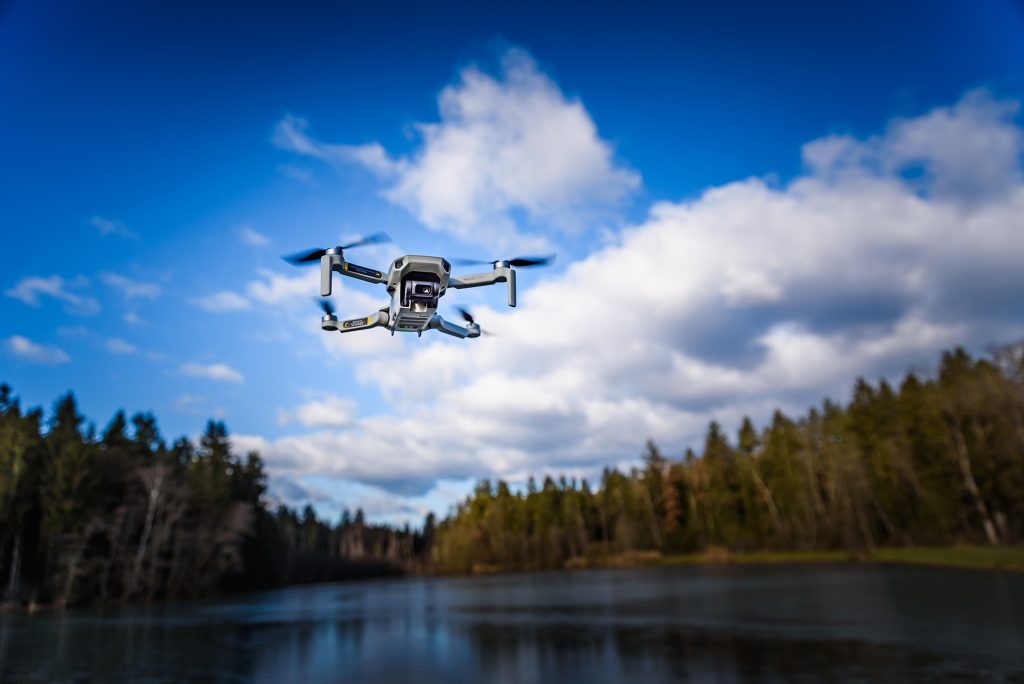
Around 9:40am, we had clarity on her position southwest of camp but no idea on her state of wellbeing. The husband and a few blokes jumped on quad bikes and raced into the distance. Suddenly it’s a station hand and myself consoling the in-laws, desperately waiting for the radio call confirming their arrival at her location. As we waited, the couple told me that this wasn’t their first rodeo with similar incidents, but it was their scariest.
A radio call came in. “Nothing yet. Wait…wa…we’ve found her”. The suspense was unbearable, we didn’t know if we would be celebrating with joy or bursting into tears at any moment – the sister couldn’t bear it and pleaded for more information. It came back, “She’s not in a good way, but she’s going to be alright”. There she was – curled up in the outback, completely unaware of her situation and in a clear state of delirium, this lucky woman was alive.
After they safely made their way back on the bikes, the woman wrapped in jackets and the husband’s arm around her, they embraced each other like any family would when you come close to losing them. Their drone idea was clever – even though most of the work was blokes on quad bikes – it was a smart way of covering a large area quickly. The station hand said this happens from time to time, and out there they needed to be very self-sufficient.
I had originally completed drone training for my work a few years back. It was a bit unofficial at the time, I recall feeling that CASA were playing catch-up with airspace regulations at that point. Things were quickly changing as drones became more available and widely used. I was able to essentially add drones to my CASA profile alongside my RAAus, RPL and endorsements. It’s a little trickier now, but it’s mostly good because training is enforced and I think that it’s necessary. I’ve always tried to stay up to scratch, but if you’re not flying every week, it can be hard to keep up.
Although I fly drones as well as planes, I find myself immediately hating upon other drone pilots – hypocritical, really. I think it might be the media constantly pushing incidents and suggesting drones are an out-of-control nuisance threatening lives, but on this day, it was quite the contrary. When you start to see drones used for things like aerial food and postage services in QLD and ACT, tackling wild dog problems in outback Australia without harming other species, and the amazing footage that is used to promote our country for tourism and economic development – there’s a very real appeal there that I think we should embrace.
Sure, there are going to be incidents. I could say the same about planes, boats and cars. When I passed my motorbike licence, I found it improved my awareness as a car driver. Even more so when I passed my heavy rigid truck licence – I had a better understanding of how other vehicles operate, and their limitations. I can honestly say the same about drones – every plane you fly, every person you fly with, every time you try something new, you gain a new perspective. I’m a big advocate for this.
Sure, drones have their potential issues, but I’d argue that the opportunity and potential benefit far outweighs the problems. I think everyone should have some level of training to be able to fly a drone. In the same way RAAus ended up as a body to better-represent the specific needs of recreational aviation, perhaps one day there will be a body that better represents the specific needs and oversight of drone pilots. Where regular commercial use is in play, such as WING food deliveries in Canberra, specific airways management and protocols are in place for safety. The difficulty is more in the recreational and private/commercial space where DIY compliance isn’t always reliable.
But above all, from one pilot to another, I’d encourage you to learn about them rather than see them as a threat. Who knows, if one of us has a forced landing one day and needs help, a drone carrying an emergency medical kit might be the first assistance on site – and on that day we’ll be grateful.
For drone regulations and resources, visit www.casa.gov.au/drones
